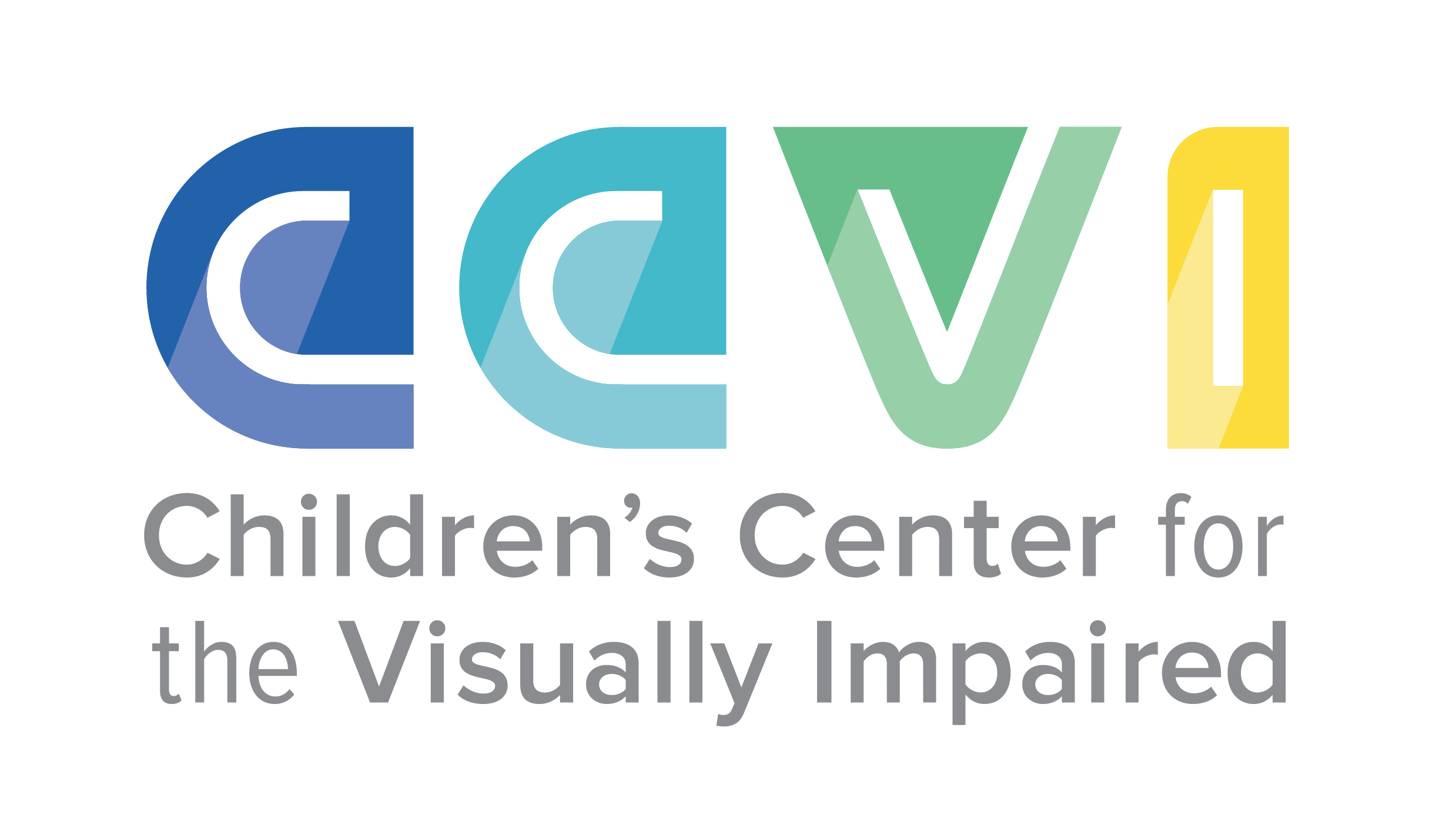Meet Kimberly- Celebrating Braille Literacy Month
With a Master’s Degree in Germanic Languages and Literatures, a PhD in Education, and a certification from the Library of Congress in Braille Instruction and Proofreading, it could be hard to imagine Kimberly Morrow referencing learning something as simple as the alphabet as ‘painstaking’.
But from 1971 to 1975, that’s exactly what she practiced—and perfected—at Children’s Center for the Visually Impaired.
“The beginning is everything,” says Kimberly. “All of these incidental skills sighted children learn so easily and take so for granted must be learned through painstaking hard work, both on the part of dedicated teachers and by students willing to do the diligent work necessary to master those skills.”
When CCVI was founded in 1961, students attended a single classroom located in the basement of a church on Wornall Road in Kansas City. This is where Kimberly learned the basics of recognizing symbols, signs, what animals look like, gained skills that would translate to shopping in a grocery store in the future independently, and so much more.
“There are many challenges in teaching early learners to use their tactile sense to interpret textures and bumps with meaning,” says Alex Olson, Director of Vision Services. “Significant concept development must take place before a child can connect a braille cell with meaning to a letter or word. Teachers of the Visually Impaired work within the Expanded Core Curriculum to develop those skills that are not being learned incidentally.”
Braille is a system of reading for individuals who are blind or visually impaired created by Louis Braille. Struggling with his blindness, he discovered an invention called “night writing” that French soldiers used to transfer secret information. This code consisted of 12 raised dots, but Louis Braille adjusted it to 6 dots and created single characters that could be touched by the fingertip.
Early exposure to textures, tactile exploration of objects and environments, puzzles, activities to increase finger strength, literacy materials with braille and other tactile materials are just a few ways Children’s Center for the Visually Impaired introduces literacy in meaningful ways. Very intentional and systematic braille instruction can even begin as early as age 2 or 3.
However, one of the most important skills for success can only be taught indirectly from a talented support group: confidence.
For Kimberly, it’s a firm belief in yourself that translates to a successful life after Children’s Center for the Visually Impaired, whether in public school or professional endeavors.
“That crucial step is done at CCVI.”
For providers at CCVI, seeing a model citizen contributing to her community is an inspiration for the day to day work that is practiced in both center-based and in-home programs.
“For a person to parlay their braille skills into a career as a Library of Congress certified transcriber and proofreader really displays their ability to identify and capitalize on their own strengths to become a successful adult,” says Olson. “It is the most beautiful example of a strong foundation leading to an independent adult, who has reached their highest potential in a sighted world.”
When it comes to what she continuously passes on to the children and families she works with, Kimberly frequently references her family for the support network they provided her.
“Being engaged with your child in all phases of life is essential to that child’s success. When those inevitable life struggles have occurred, I know I can always count on the time, dedication and love my parents have always given me.”
Kimberly was reconnected to CCVI this year, as part of CCVI’s outreach efforts, including an emphasis on sharing alumni stories. Other successful alumni, such as Mary Carla Flood (a 1976 graduate), have reconnected with CCVI as well and even championed a new alumni Facebook group owned and operated by the alumni themselves.
Stemming from passion for where these individuals received their initial foundation, CCVI is able to encourage future generations of children and families that anything is possible, regardless of their diagnosis.
“The memories we have from our times as students always allow us to come home again to CCVI, whatever we’re doing and wherever life takes us,” says Kimberly.
